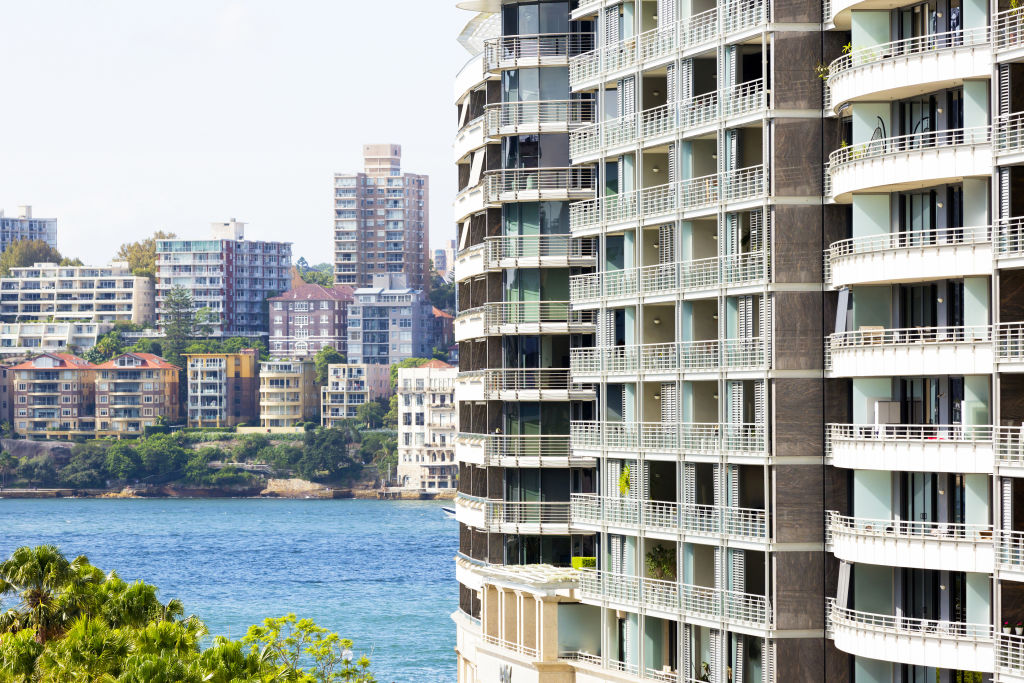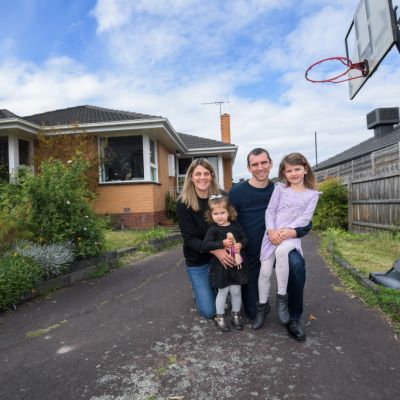Rents up, listings down as inner-city suburbs continue COVID-19 recovery

Australia’s capital city unit rents are continuing to recover, new data shows, thanks – in part – to new locally-based tenants entering the market for the first time attracted by cheaper rents.
Property managers say the type of tenant is changing in inner Melbourne and Sydney after the two cities, whose apartment rental markets have traditionally relied heavily on international students and overseas professionals, took the brunt of the pandemic rental falls.
These new tenants, including professionals returning to the office and looking to rent an affordable inner-city pad rather than commute more than 10 hours a week from outer suburbs or regional areas, have helped see a drop in the number of available rentals.
Harcourts Melbourne city senior property manager Daniella Ferraro said there was a lot more activity, with interest from professionals living in the outer areas of Melbourne or even a regional city wanting to avoid long commutes.

With traffic congestion worsening as people shun public transport while coronavirus cases stay high, an increasing number of professionals living in Geelong or the Mornington Peninsula who couldn’t work from home were now renting an apartment in the inner city
“The traffic is so much worse now because nobody wants to catch public transport,” Ms Ferraro said. “So, some people feel paying $300 or $400 per week for a city pad is better. They don’t want to travel for 10 hours a week [to and from work].”
There were similar types of tenants coming to the inner city of Sydney, including those seeking a shorter commute, City Living property manager Anthony Kannis said. And while the international student market was still lagging, there were other parts of the inner-city market seeing a new “try before you buy” type of tenant moving in.
“Downsizers are taking advantage of selling their homes in the hot market, then renting for less than what they would have otherwise,” Mr Kannis said. “They’re trying it out in the city before they buy because it’s very different to living in the suburbs.”
Cheaper rents were behind a flurry of activity in October, CoreLogic’s latest The Rise and Fall of Inner City Rental Markets report revealed.
Nationally, the number of apartments for rent was falling, while some cities were seeing a rise in rents. At the end of October, the number of inner-city unit rental listings was 55 per cent below the number advertised pre-COVID, and 68 per cent below those advertised in January this year, data showed.

Melbourne, meanwhile, which has the cheapest house rents in the country, saw inner-city apartment rents come back by 2.4 per cent over the three months to October.
CoreLogic director of research Tim Lawless said the downward trend in rents was starting to turn around, moving closer to the pace of house rents, which had boomed during COVID-19 as people looked for more space during lockdowns.
But weekly unit rents in Sydney and Melbourne still had a long way to go before bouncing back to pre-COVID levels. Between March last year and October this year, rents had fallen by $91 a week in inner Melbourne and $21 in inner Sydney, data showed.
Domain’s Rent Report for the September quarter likewise showed Melbourne’s median inner-city unit rents were down by $115 per week since March last year, while Sydney’s had fallen by $80 per week.
Melbourne’s inner city rental market had suffered more than Sydney, Mr Lawless said, as it relied more heavily on overseas migration and international student tenants.
“Sydney also has a much more mature apartment market. A lot more tenants have become accustomed to high-density-style accommodation,” he said.
While border closures had seen the usual international tenants kept out of the market in Sydney and Melbourne, the number of new apartments built in both cities had added to the number of available rentals, contributing to the falling rents, Mr Lawless added.
Cheap rents were attracting new tenants to the inner city, but it may not last long, with Domain chief of economics and research Nicola Powell saying rents could bounce back to the record levels reached before COVID-19 hit, especially once international borders fully open and migrants and students are allowed to return.
“We might see a rapid turnaround in rents once borders fully reopen,” Dr Powell said. “They may spring back as quickly as they fell.”
We recommend
States
Capital Cities
Capital Cities - Rentals
Popular Areas
Allhomes
More









